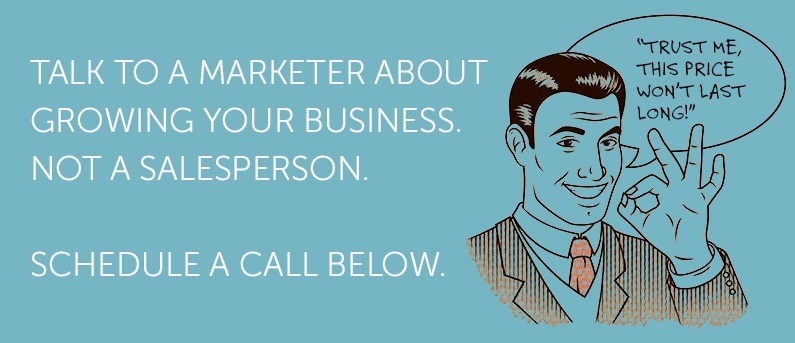It’s difficult to make a decision about whether to embrace a new concept like inbound marketing without having the facts at your disposal. How can you determine whether this new approach is right for your business unless you have some idea about who else is using it, why they are doing so and how it is working for them. Here are some facts about the discipline that every business owner needs to know to determine whether inbound is the future for your company. 
Who’s Doing it?
In spite of the prevailing belief that inbound marketing works better in the B2C environment than B2B, research from HubSpot shows that 38% more B2B firms embraced the strategy in 2013 than B2C. Of the organizations implementing inbound, there still seems to be some hesitation with only 17% of executives allocating resources to the process. This is in spite of the fact that marketers have largely bought in to the concept.
Stats indicate that a total of 65% of B2B companies are now using inbound marketing, compared with only 47% of B2C businesses, and that the biggest uptake of the concept among business people is in the marketing environment.
Does it Fit within a Broader Marketing Strategy?
Companies that have implemented inbound marketing successfully have found that it needs to be an integral part of their overall marketing strategy to deliver the best results. In 2013, 81% of companies practicing inbound were integrating the strategies to some degree. There’s still a way to go to get complete buy-in for the concept, but those businesses that are sitting on the fence are doing so in a way that tests the waters while keeping their inbound strategy separate from the overall marketing plan.
Integration with the broader plan is the best way to maximize inbound marketing returns, but many companies are keeping it separate until they are sure of how it fits in with their plans.
Is it Working?
While inbound marketing seems to work for companies regardless of their focus, the best results are being seen by businesses who consider themselves customer-focused, as opposed to product-, sales- or marketing-focused. So if client satisfaction is important to you, then inbound delivers a great opportunity to provide information of value to your customers, build trust and credibility with them and retain their loyalty for as long as possible.
Companies that have implemented inbound marketing saw a 100% improvement rate in website conversions over their outbound marketing efforts.
Does Inbound Help the Sales vs. Marketing Divide?
Companies using mostly traditional marketing methods often have difficulty bridging the gap between lead generation and lead conversion. Sales staff are busy and under pressure, prospective customers are only in the fact-finding stage and aren’t yet ready to buy, and a missed follow-up can lead to loss of sales and much bitterness on all sides. Through automated lead-nurturing programs and email marketing, inbound helps to reduce the tensions between the two.
Almost three-quarters of surveyed companies with formal service level agreements between their sales and marketing teams used inbound marketing during 2013.
What Are the Main Reasons Why Businesses Use Inbound Marketing?
Everyone has their priorities, and while these differ between companies there are also lots of synergies. The priorities held 98% of the companies surveyed fell within one of five categories, with the top two competing for importance:
- Reaching the right audience - 23%
- Converting leads into customers - 23%
- Increasing the total volume of leads generated - 21%
- Creating quality content for their website (to build thought leadership and reputation) – 18%
- Proving the ROI of the company’s marketing activities – 13%
This shows that the thinking around inbound marketing is uniform, and that in spite of its ‘newness,’ the business world is starting to see the value of the concept in the results.
What Tools do I Need?
The use of specialized software grew by 83% in 2013 so it appears to be a popular tool for helping businesses to implement inbound marketing. Google’s free Analytics program came up trumps, however, with 46% of marketers using it to improve the execution of their inbound strategy. The program also provides social media management options, measures marketing success and attributes the ROI. This last is a bonus for marketers who struggle to quantify the result of their marketing efforts.
Lead scoring is vital for getting usable results, however, with 71% of business CEOs agreeing that it was either very or somewhat important.
The fact is that inbound marketing is here to stay, and the old ways of promoting your products and services simply don’t work in the age of the information super highway. To be successful you must be where your customer is, and your customer is online and filtering out intrusive traditional marketing.
*Image courtesy of freedigitalphotos.net


